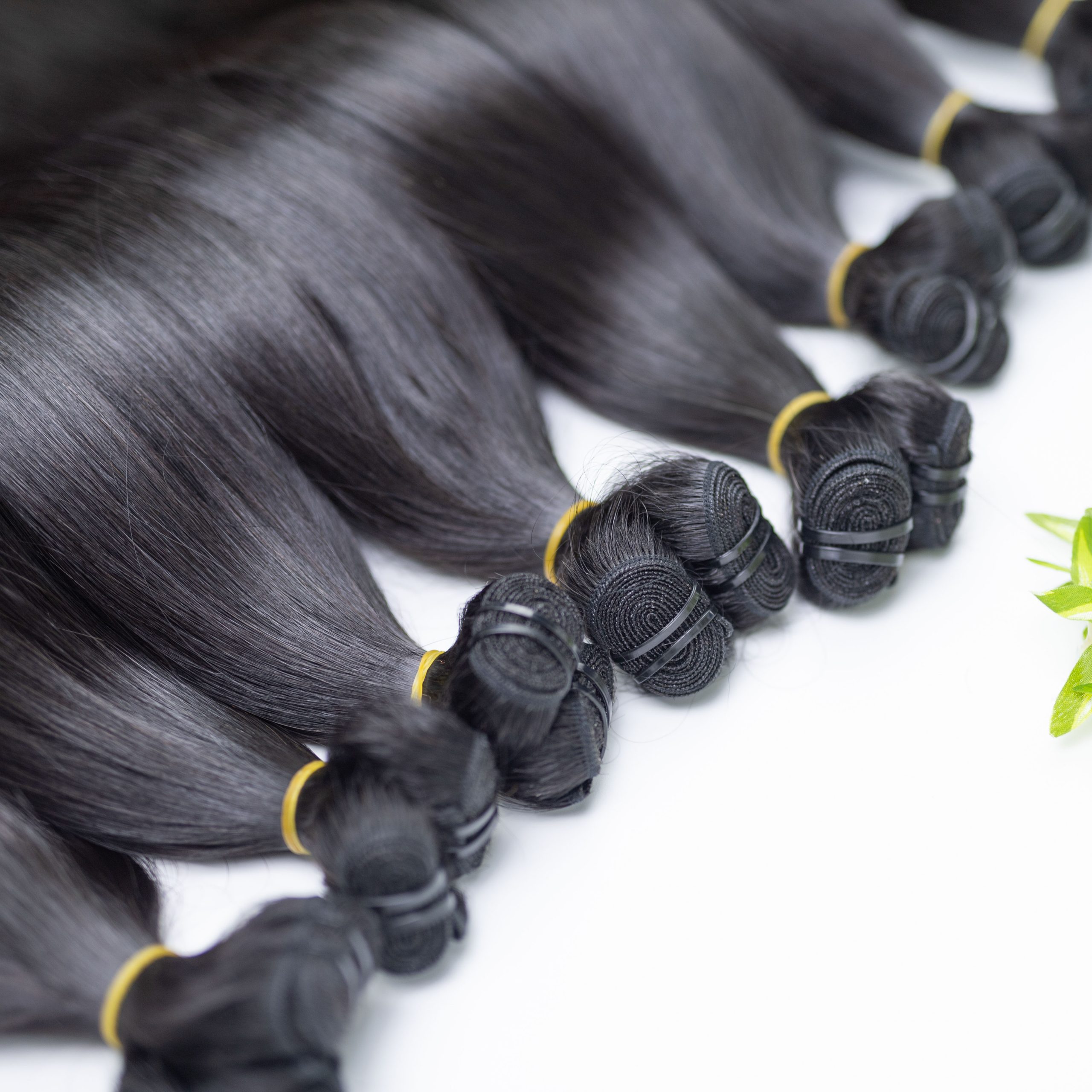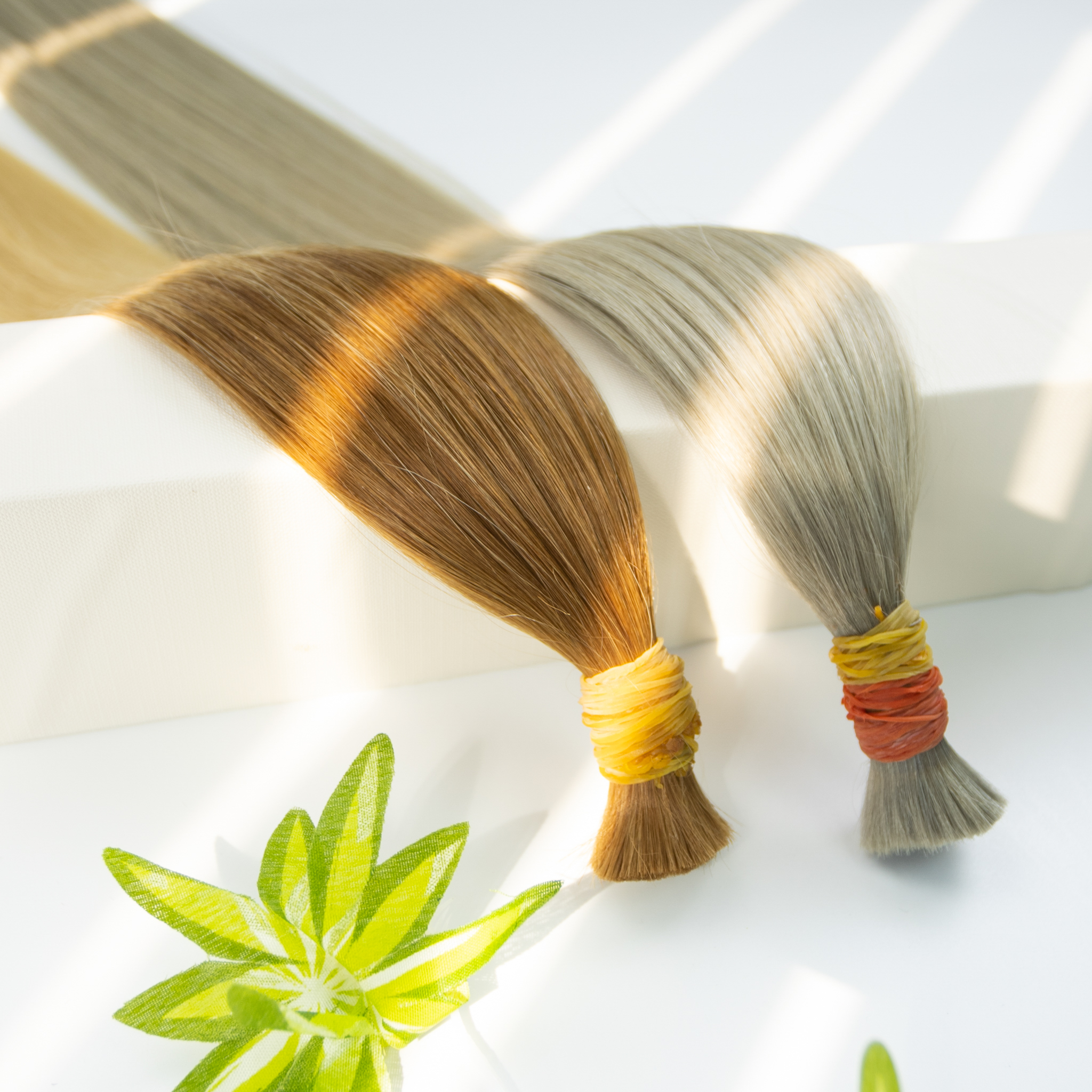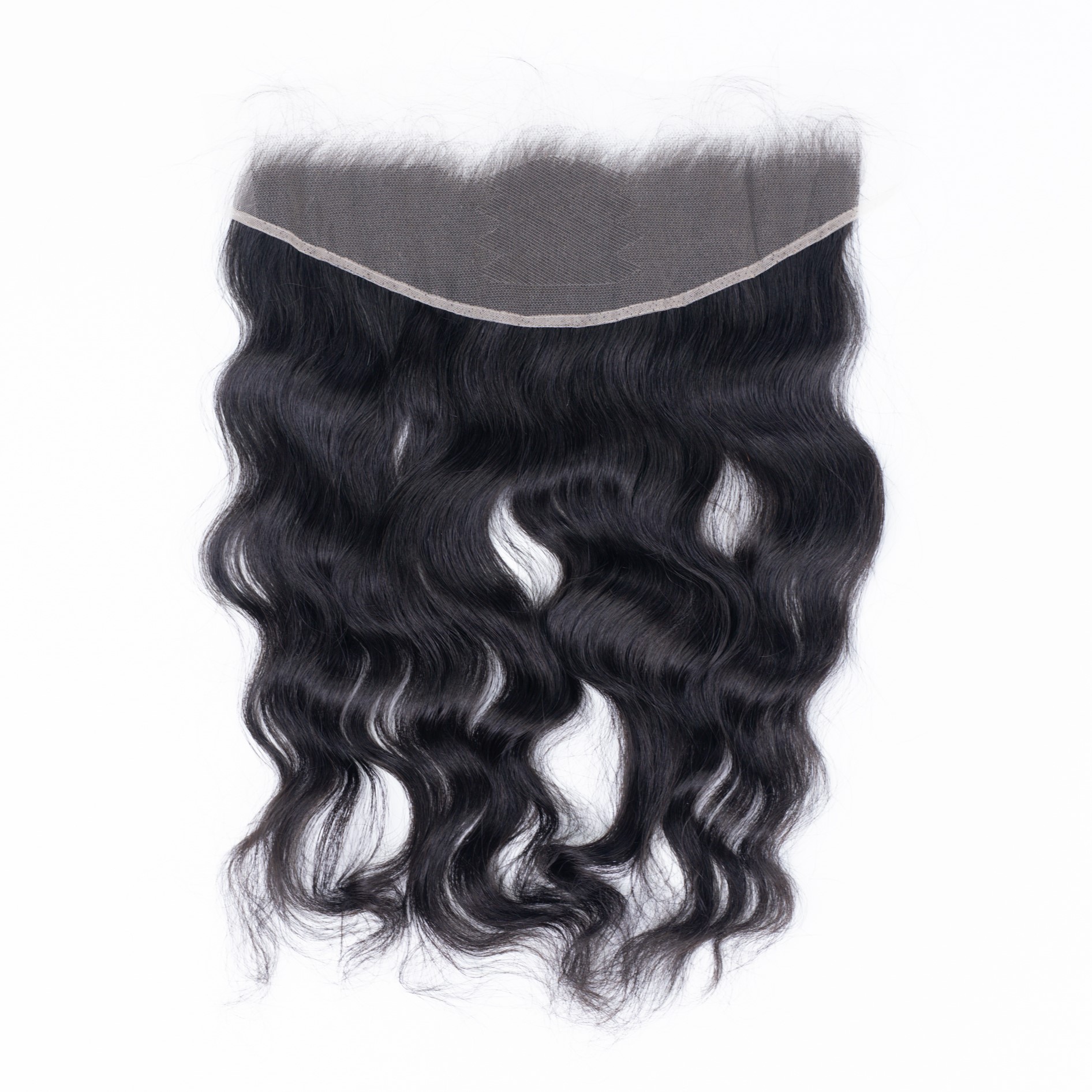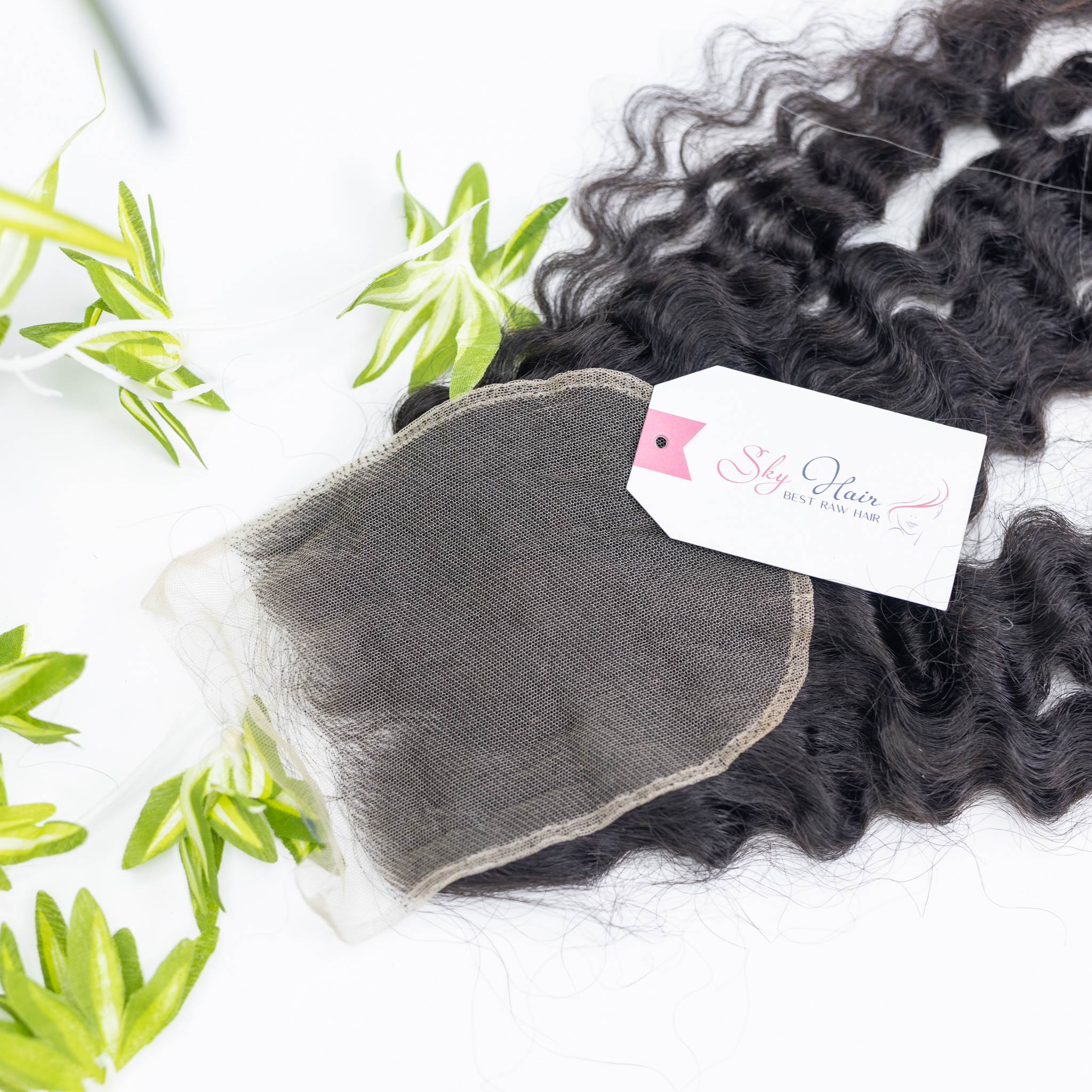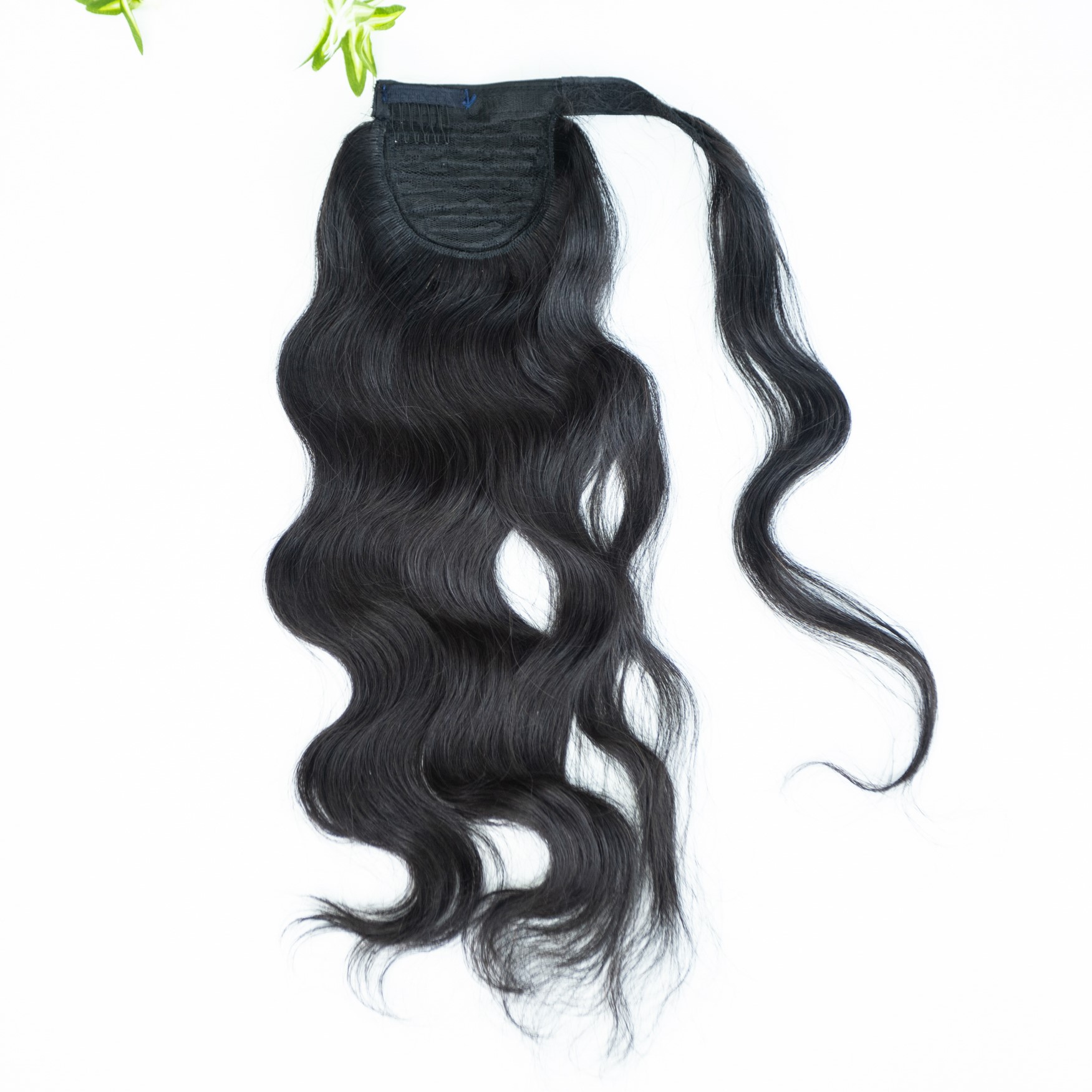Have you ever experienced the frustration of freshly washed hair that looks limp, greasy, and devoid of life? You’re not alone. Many people grapple with the issue of stringy hair, a condition that can significantly impact your hairstyle and overall confidence. But what exactly causes this frustrating hair predicament?
Why Is My Hair Stringy?
Stringy hair is a common hair concern that can affect individuals with any hair type, length, or color. Understanding the root causes of this issue is crucial in addressing and preventing it. This blog post aims to delve into the reasons behind stringy hair and provide practical tips to help you achieve smooth, shiny, and healthy locks.
Stringy hair often arises from an accumulation of oil, dirt, and product residue that weighs down your hair strands, causing them to clump together. This can stem from various factors, including:
Washing Habits:
- Overwashing: Excessive washing can strip your hair of its natural oils, leading to dryness, brittleness, and increased stringiness.
- Under washing: Conversely, infrequent washing allows oil, dirt, and product buildup to accumulate, resulting in greasy, stringy hair.
Product Choice and Application:
- Incompatible Products: Using shampoo and conditioner unsuitable for your hair type, texture, or condition can either dry out your hair or leave behind a film that dulls and weighs it down.
- Product Overload or Underuse: Both excessive and insufficient product application can negatively impact your hair’s appearance. Too much product can weigh down your hair, while too little leaves it unprotected and prone to damage and frizz.
Styling Practices:
- Heat Damage: Using hot styling tools like hair dryers, curling irons, or flat irons at excessively high temperatures or too close to your hair can damage the hair cuticle, leading to roughness, unevenness, frizz, and stringiness.
- Harsh Brushing and Combing: Aggressive brushing and combing can pull and break hair, as well as spread oil and dirt along the hair shaft, contributing to a stringy appearance.
Hair Health and Scalp Conditions:
- Damaged Hair: Split ends, breakage, and hair loss can thin out your hair, making it appear stringy.
- Scalp Issues: Scalp conditions like dandruff, psoriasis, or eczema can compromise hair quality and overall appearance.
How to Fix Stringy Hair and Prevent It?
Stringy hair, a common hair woe, can often be attributed to a variety of factors, from improper hair care to environmental stressors. However, with a few simple adjustments to your routine, you can revitalize your locks and bid farewell to those frustrating strands.
Wash Your Hair Properly
The foundation of healthy hair lies in a well-balanced cleansing routine. Opt for a gentle, sulfate-free shampoo and conditioner that aligns with your specific hair type. Overwashing can strip your hair of its natural oils, leading to dryness and frizz. Conversely, infrequent washing can allow dirt and oil to accumulate, weighing down your hair. Aim for a balance, washing your hair every 2-3 days or as needed. When rinsing, use lukewarm water to avoid further stripping your hair of moisture.
Use The Right Products
The right products can make all the difference in the health and appearance of your hair. Choose lightweight, oil-free, and alcohol-free products that provide hydration and protection without weighing your hair down. Apply a small amount of product evenly, focusing on the mid-lengths and ends to avoid a greasy scalp.
Use The Right Styling Tools And Techniques
Heat styling tools can be a double-edged sword. To minimize damage, use hair dryers, curling irons, or flat irons with temperature control and ceramic or tourmaline coatings. Always start with the lowest heat setting and keep the tool at a safe distance from your hair. Before styling, apply a heat protectant spray to create a barrier between your hair and the heat. When detangling, use a wide-tooth comb or a boar bristle brush to gently work through your hair, starting from the ends and gradually moving up to the roots.
Maintenance and Care:
Regular trims are essential for maintaining healthy hair. Schedule haircuts every 6-8 weeks to remove split ends and prevent further damage. If you’re dealing with a scalp condition like dandruff, psoriasis, or eczema, consult with a dermatologist or trichologist for personalized advice and treatment.
Styling Tips for Stringy Hair
Stringy hair can often feel like a daunting challenge, especially when it comes to styling. However, with a few clever techniques and the right products, you can transform your limp locks into a stylish and confident look.
Braided Beauty:
Braids are a fantastic way to add texture and volume to stringy hair. A French braid, fishtail braid, or a simple side braid can help to disguise oiliness and create a polished, effortless look. Experiment with different braiding techniques and accessorize with ribbons, flowers, or hair clips to add a touch of personality.
Updo Elegance:
Updos are a great way to lift your roots and create the illusion of thicker, more voluminous hair. Whether it’s a classic bun, a sleek ponytail, or a half-up half-down style, updos can instantly elevate your look. To add extra volume, tease your crown gently and secure it with hairspray.
Curls and Waves:
Curls and waves can add bounce and movement to stringy hair, making it appear fuller and more vibrant. You can use a curling iron, flat iron, or even heatless methods like rollers or braids to create the desired style. Experiment with different curl sizes and patterns to find what works best for your hair type and face shape.
Color and Highlights:
Adding color or highlights can be a game-changer for stringy hair. By strategically placing color, you can create the illusion of thicker, fuller hair and draw attention away from any limpness. Consult with a hairstylist to determine the best color or highlight technique for your hair.
Remember, the key to styling stringy hair is to embrace its unique qualities. By experimenting with different techniques and products, you can discover a variety of stylish looks that will boost your confidence and make you feel fabulous.
